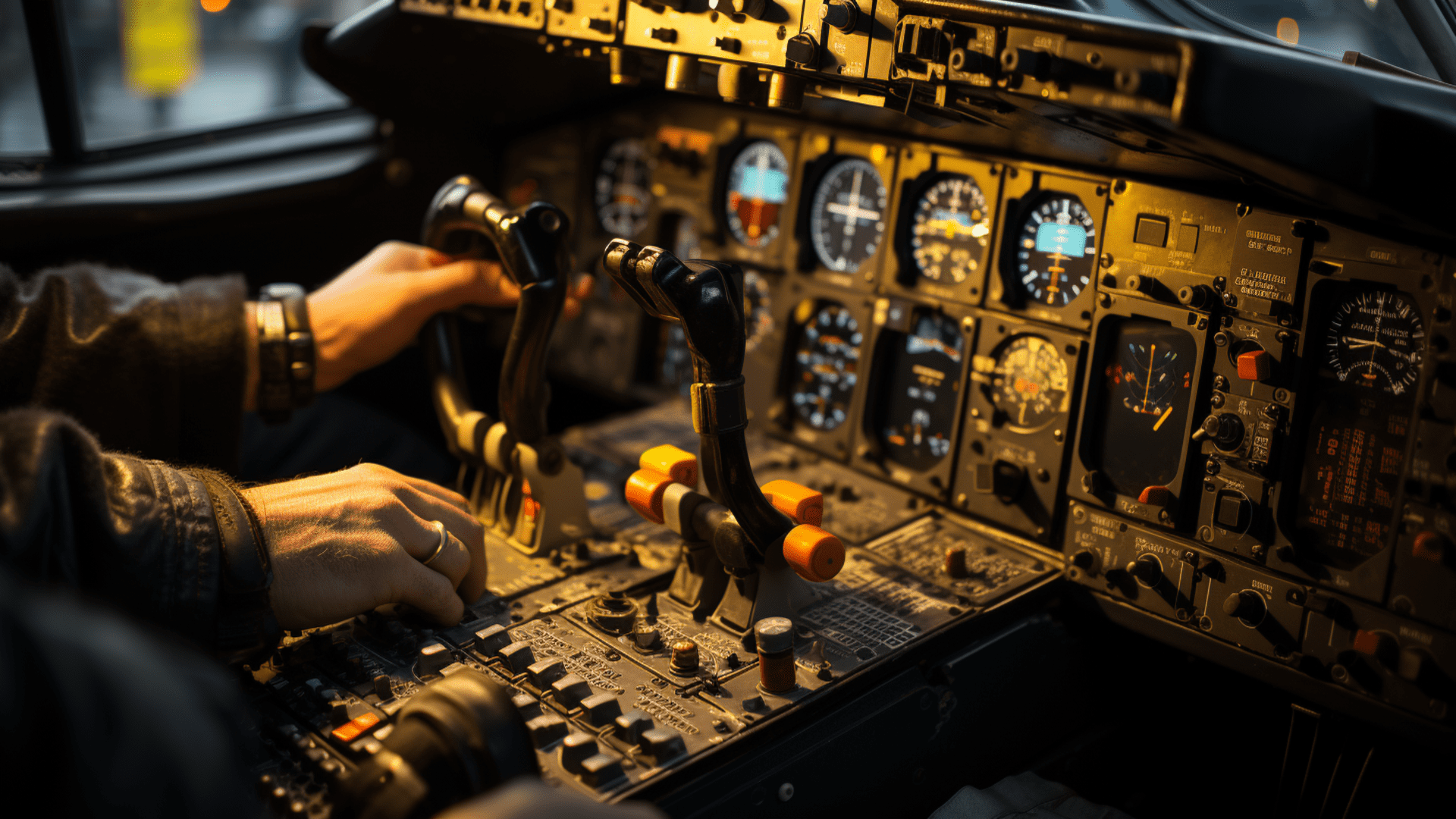It’s a well-known fact that many students quit due to insufficient funding. Countless students reached the halfway point of their training only to drop out because they underestimated the actual cost of flight training. The best approach is to be transparent from the start. Avoid enticing new students with claims that it will only cost $5,000 and can be completed in 35 or 40 hours.
The national average for flight time is between 55 and 80 hours, which can easily amount to around $15,000. Please encourage students to save up before embarking on their training. While you may initially miss out on a few thousand dollars, the long-term commitment matters.
Students who complete their private pilot training become walking testimonials for your flight school, and they often return for additional training, such as instrument and commercial ratings. Their success is your fortune, so avoid unscrupulous sales tactics and focus on established businesses in this area, such as private pilot school MzeroA.
Proper customer service
When prospective students inquire about the cost of training, refrain from immediately quoting the $15,000 figure. Instead, ask about their aviation goals. Take the time to understand your prospects. If their aim is simply recreational flying, emphasize the potential destinations and the exciting sights they can experience.
If your prospective student aspires to be an airline pilot, discuss the growing demand for pilots, attractive salaries, and the airline lifestyle. Talk about the career opportunities, potential flight routes, and aircraft types they might fly. First, highlight and sell the benefits of becoming a pilot before addressing the cost. Demonstrating the value of pursuing a pilot career creates a genuine reason and justification for investing in aviation education.

If a student expresses concerns about the cost, address their objections directly. Do you offer package deals where they can save a few thousand dollars by paying the full cost upfront? Are there block time specials, such as purchasing 10 hours and receiving an additional hour for free? Have promotions or discounts obtainable to help sway their decision to start.
If you have connections with financing companies, provide them with options for financing and obtaining a loan. If your school is near an EAA chapter, inform them about flight training scholarships available through the chapter, and encourage them to join and apply.
Ultimately, you want to convey to your customers that you are genuinely invested in their success. They need to know that you care about their training. They will choose you when they realize that your school is the best fit for them.
In conclusion, securing sufficient funding is critical for students to complete their flight training and actualize their aviation dreams. Being transparent about the costs, providing flexible payment options, and connecting students with financing and scholarship opportunities are effective ways to address this challenge.
As a flight school, your commitment to student success goes beyond the confines of the classroom. It extends to enabling financial accessibility and creating a supportive environment for aspiring pilots. Remember, your students’ achievements are your flight school’s greatest testimonials. Encouraging them to reach their goals is investing in the success of your institution.
